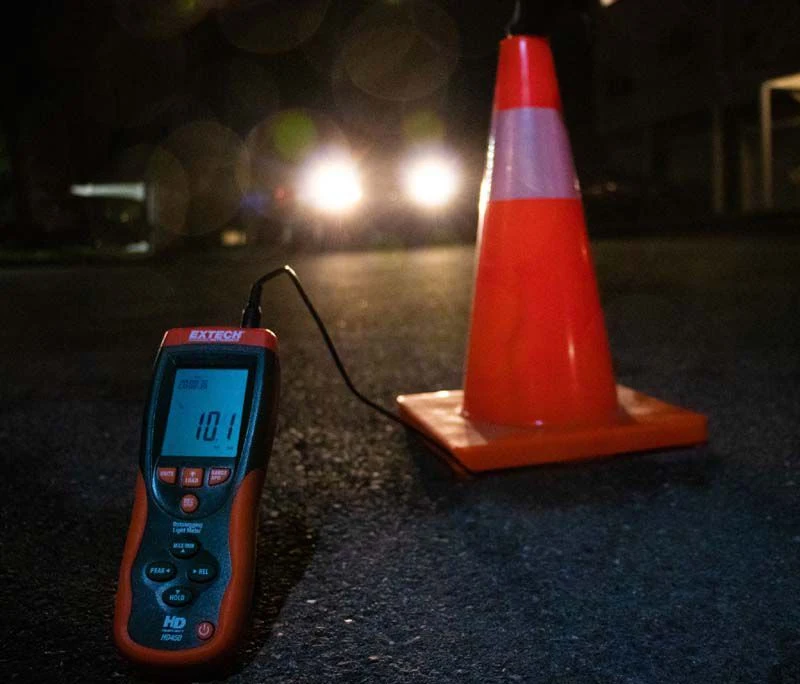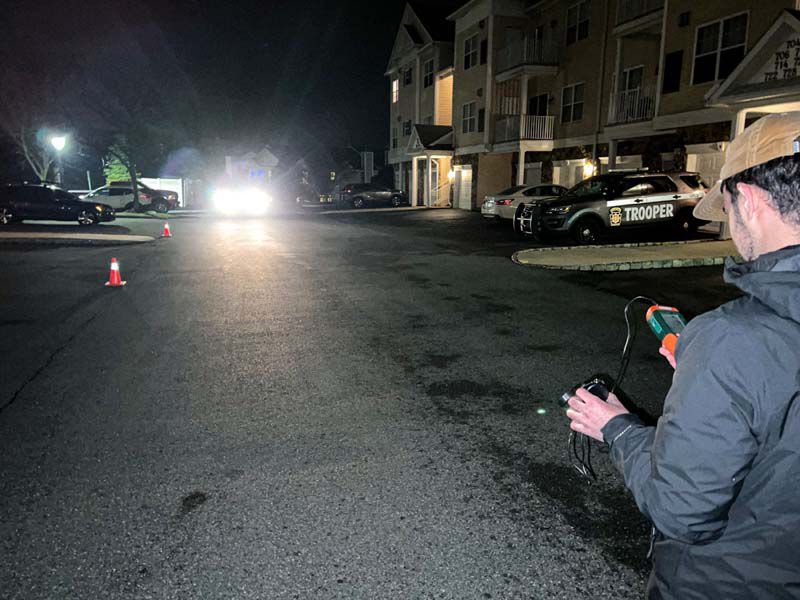![[feature] Buying Car Headlights, Don't Rely Solely On Lumens](https://blogger.googleusercontent.com/img/b/R29vZ2xl/AVvXsEgs3VTmK9S8lLA7tpr1L4dEXO71i8lzifioNB65p3kE4eNZr5wPcu3RyWk-siNYerWaks6qJrdesTo3opMSDdJ6fcJGOP5Ypytu-RlZkZ9OwN8DT_qnDrxGuhvKY4WznJH4x07qP7CttV0AOQ-A3p3PgSHXBiZuY_lAm9MRIwVK8kyQr78BsWlCaLrn/s16000-rw/car-headlight-brightness.jpg) |
| Ⓒ Provided by Popular Mechanics |
By Matt Crisara, Popular Mechanics
The lumen is one of the most common units for measuring the brightness of any given light source. Despite its ubiquity, it’s actually also one of the worst ways to gauge illumination. Here, we dispel some of the misconceptions behind luminance and shed light on, if you will, more accurate ways of determining headlight power. Regardless of whether you’re replacing a bulb to meet inspection or installing a light bar on your overland rig, the same rules apply.
Read More: 20 Cars That Will Be Worthless After 5 Years Of Ownership
What Are Lumens
To start, lumens simply measure the raw amount of light emitted from the individual bulbs that make up each headlamp. At one point in your life, you’ve likely heard the old saying that brighter lights throw light further. However, that isn’t exactly true.Case in point: There are plenty of cheap light bars that you can buy on Amazon that promise ridiculous numbers like 50,000 lumens. As this number reflects just the light coming out of each headlamp, it’s a somewhat deceptive metric; manufacturers can simply pack in more bulbs and advertise an eye-popping lumen count. What this doesn’t take into account is the housing of the light itself, which can make a substantial difference.
According to KC HiLites—who make high-quality lights for overlanding vehicles—the size and geometry of the reflector, as well as the clarity of the lens, can greatly affect a headlight’s raw output. There are virtually hundreds of other factors that can affect how well that headlight actually helps you see what’s in front of you. For this fact alone, one set of headlights isn’t necessarily better than another just because the bulbs offer more lumens.
Read More: The Car Maintenance Schedule You Should Follow
What Are Lux and Candela
Lux refers to the amount of usable light that lands on a certain surface—and is measured as how many lumens hit a single square meter of that surface. So a light that has a focused beam will put more lumens on the object, making it brighter, while a less focused beam will spread its lumens out and not show the object as brightly. This makes lux better for comparing how much illumination lights provide in the real world. Overlanding experts will know that manufacturers of off-road light bars also measure beam distance as well as pattern, which have quite a profound effect on the lux reading. When light is focused into a narrower beam, it theoretically becomes brighter. However, these would blind motorists and would leave your peripheral vision pitch dark.Jon Tuico, a YouTuber and overland enthusiast, mentioned that his lights are actually measured by candela. Compared to lux, candela measures the total amount of light traveling in a certain beam angle and direction. It’s a great metric to evaluate the strength, volume, and intensity of any given light source.
 |
| Ⓒ Provided by Popular Mechanics |
Variability of Lux Over Distance
To illustrate lux’s usefulness over luminance, we broke out our light meter and compared the headlights of two different vehicles at various distances. We parked each at the same point and measured the lux readings at 0, 10, 20, 30, and 40 meters to evaluate the amount of usable light from both vehicles. One was a co-worker’s 2003 Jeep Grand Cherokee with faded headlamps, while the other was my personal 2015 Volkswagen Golf GTI. While the old lights are nearly just as bright from close up, their lux drops off considerably as you get farther away. The GTI’s lights perform similarly in close proximity, but it’s clear to see that the lux output remains much greater at farther distances.The Upshot
Regardless of whether you look at lux or luminance, let this be a reminder that faded headlights are one of the most dangerous things to leave untouched. We’ve previously written about headlight restoration kits, which are an easy and inexpensive way to keep yourself safe during nighttime motoring. Another easy fix involves replacing the bulbs in your headlights.Unfortunately, it’s quite rare for headlight manufacturers to list lux on the packaging. If you’re looking to replace a bulb, keep an eye out for name brands like Sylvania or Philips, as we’ve found theirs to be reliable and usefully bright.
See more at Popular Mechanics






















